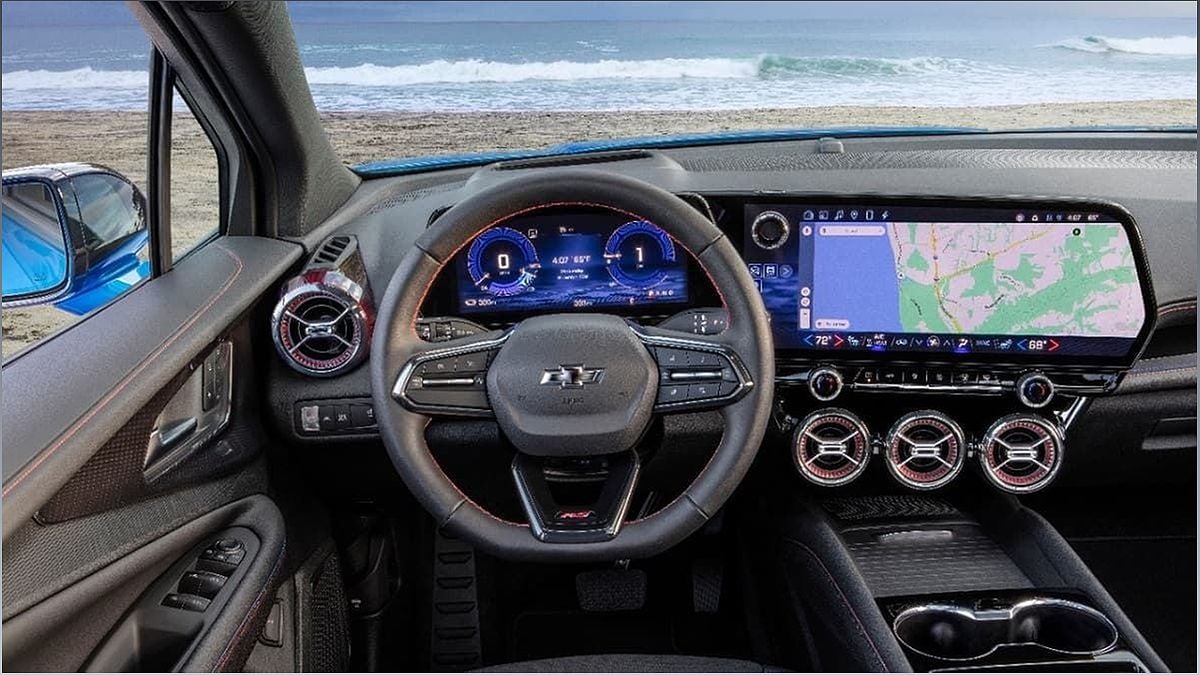GM Introduces Built-In Infotainment System for Blazer EV in 2024
General Motors (GM) has recently announced its plans to introduce a built-in infotainment system in its newest model, the Blazer EV, starting in 2024. This decision has sparked controversy as the system will not support Android Auto and Apple CarPlay. Early tests conducted by Edmunds and Inside EVs have revealed several issues with the system, raising concerns among testers and reviewers. Let’s delve into the details and explore the challenges faced by GM’s new infotainment system.
Controversy Surrounding GM’s New Infotainment System
Explore the controversy surrounding General Motors’ decision to introduce a built-in infotainment system in the Blazer EV without support for Android Auto and Apple CarPlay.
General Motors’ recent announcement about the introduction of a built-in infotainment system in the Blazer EV has stirred up controversy. The decision to exclude support for Android Auto and Apple CarPlay has raised eyebrows among industry experts and consumers alike. Many are questioning GM’s rationale behind this move and whether it will impact the overall user experience.

Some argue that by not offering compatibility with popular smartphone integration systems, GM may be limiting the functionality and convenience of the infotainment system. On the other hand, GM claims that their native system will provide better stability and fewer distractions for drivers.
Early Test Results: System Failures and Malfunctions
Early tests conducted by Edmunds and Inside EVs have revealed significant issues with GM’s new infotainment system. During a test drive, the system experienced a complete meltdown, repeatedly shutting off and displaying inaccurate map locations. This forced the testers to restart the vehicle multiple times to resolve the problem.
Additionally, the infotainment screen went blank in another instance, and there were problems with the radio and other electrical components. These issues raise concerns about the system’s reliability and performance, leaving testers and potential buyers uncertain about its overall quality.
GM’s Decision to Move Away from Android Auto and Apple CarPlay
Learn about General Motors’ reasons for moving away from Android Auto and Apple CarPlay and their claims about the stability and distractions associated with these systems.
General Motors’ decision to develop its own native infotainment system stems from concerns about the stability and distractions associated with Android Auto and Apple CarPlay. GM claims that these systems often result in bad connections, slow responses, and distractions for drivers.
However, a study conducted by AAA contradicts GM’s claims, stating that Android Auto and Apple CarPlay are actually less distracting and therefore safer than built-in systems. This raises questions about the validity of GM’s reasoning and whether their new system can truly offer a superior user experience.
The Need to Prove Superiority in a Competitive Market
Discover the challenges General Motors faces in proving the superiority of their new infotainment system in a market dominated by Android Auto and Apple CarPlay.
With Android Auto and Apple CarPlay being widely loved and free options, General Motors faces an uphill battle in convincing consumers that their new infotainment system is superior. The issues encountered during early tests only add to the skepticism surrounding GM’s claims.
While the tests conducted by Edmunds and Inside EVs are not the final verdict on GM’s system, they highlight the need for GM to address the concerns raised and prove that their system can offer a seamless and reliable user experience. Only then can they compete with the established players in the market.
